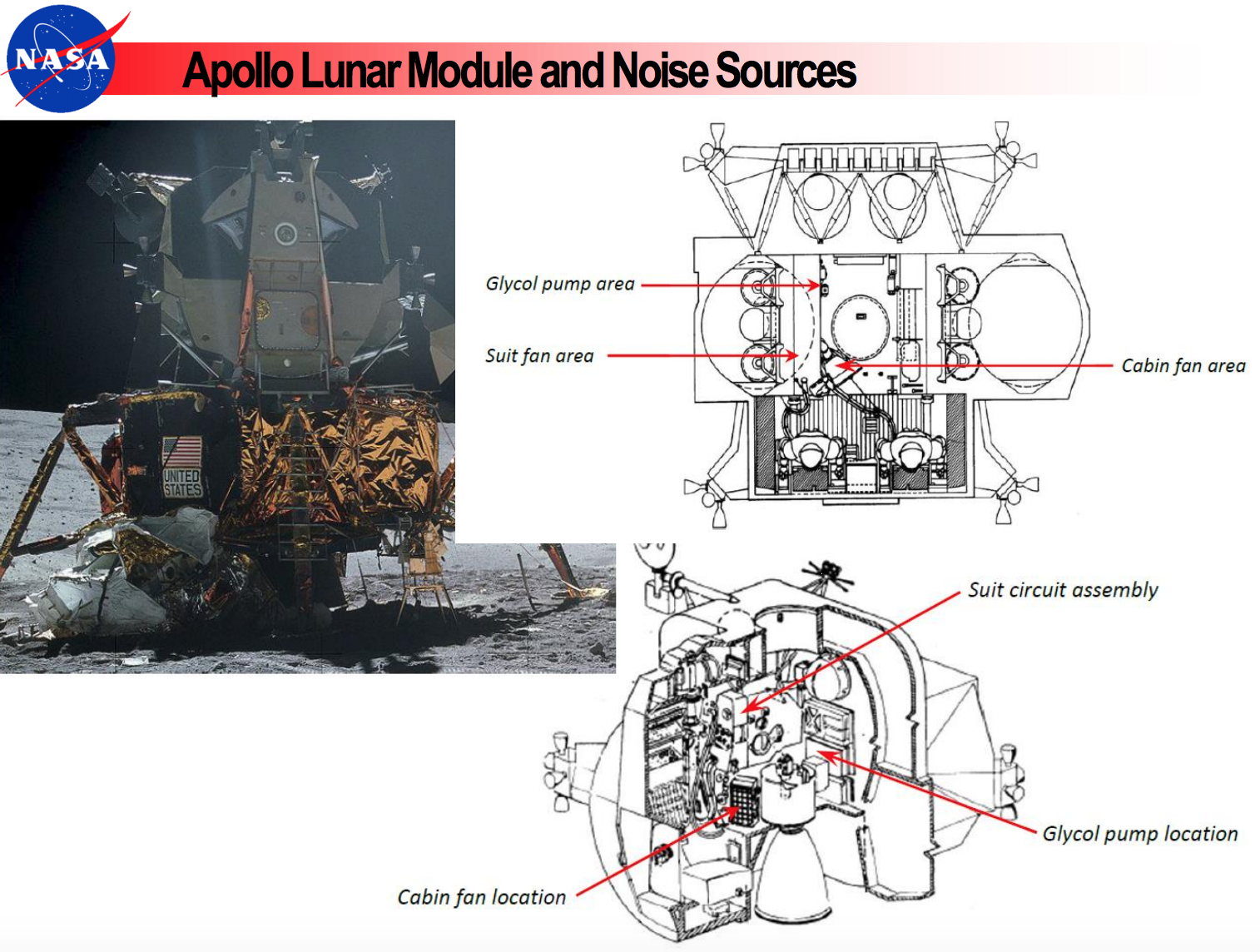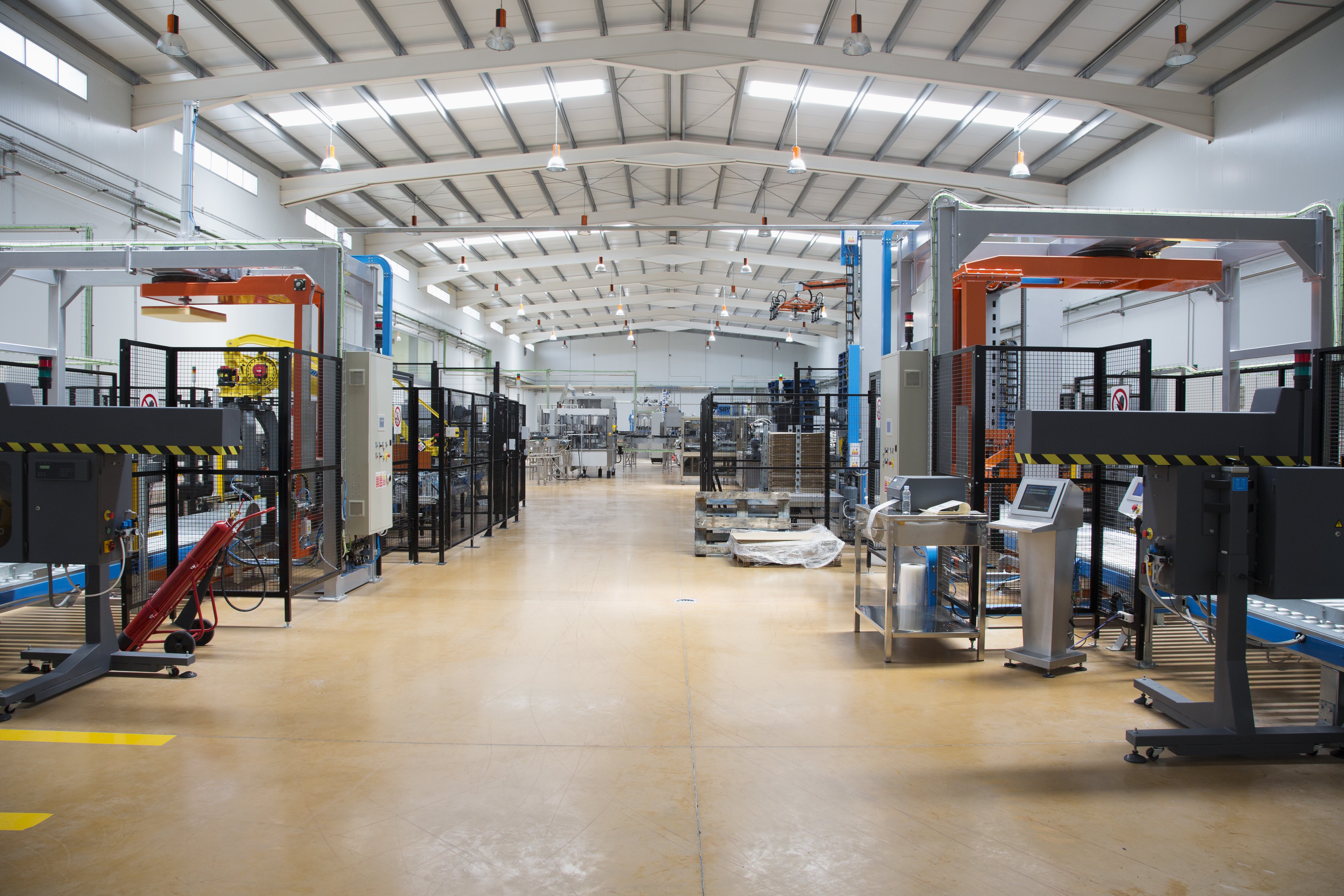
It’s likely that when you think of ‘soundproofing,’ you think of residences, manufacturing or even commercial venues for concerts and events.
But what few know is that NASA – yes, that NASA – and its employees have long studied the effects of noise and soundproofing. And even fewer know that many of their findings and reports can be accessed on NASA Technical Reports Server – or NTRS.
What is the NTRS?
NASA Technical Reports Server provides access to aerospace-related citations, full-text online documents, images, and videos. The types of information included are: conference papers, journal articles, meeting papers, patents, research reports, images, movies, and technical videos – scientific and technical information (STI) created or funded by NASA.
What is the STI?
The NASA Scientific and Technical Information (STI) Program was established to support the objectives of NASA’s missions and research. The Mission of the STI Program is to support the advancement of aerospace knowledge and contribute to U.S. competitiveness in aerospace research and development. This program is essential to help NASA avoid duplication of research by sharing information and to ensure that the U.S. maintains its preeminence in aerospace-related industries and education. The NASA STI Program acquires, processes, archives, announces, and disseminates NASA STI and acquires worldwide STI of critical importance to NASA and the Nation. Further, a public interface is available through the NASA Technical Reports Server (NTRS).
How many sound studies has NASA conducted?
NASA has conducted nearly 200 cited soundproofing studies found here, and nearly 2,500 anechoic studies found here, with countless others addressing sound abatement and more.
Why does NASA study sound so thoroughly?
According to NASA, ‘Acoustics requirements are a key pillar of successful design. Such requirements need to be implemented at the beginning of a program, and be as well defined and clear as possible. The area of acoustics should be treated as a technical specialization on par with other design disciplines, with experienced and knowledgeable personnel assigned to implement the defined requirements. The importance of maintaining an acceptable acoustics environment is best accomplished by establishing a high-quality set of limits and requirements early in the program, and by implementing effective noise control measures.’
Recognizing the importance of acoustics in design – and subsequently developing a strong system of standards and program requirements – NASA employs system engineering principles to control the noise levels inside spacecraft and space habitats.
And at Sonic-Shield, we couldn’t agree more. It’s critical to be diligent with design to ensure that programs and projects address acoustics concerns in the design and development process. Because like NASA, we never stop studying and learning from different noise issues and the best application to resolve them. Partner with Sonic-Shield today for your next soundproofing project.




